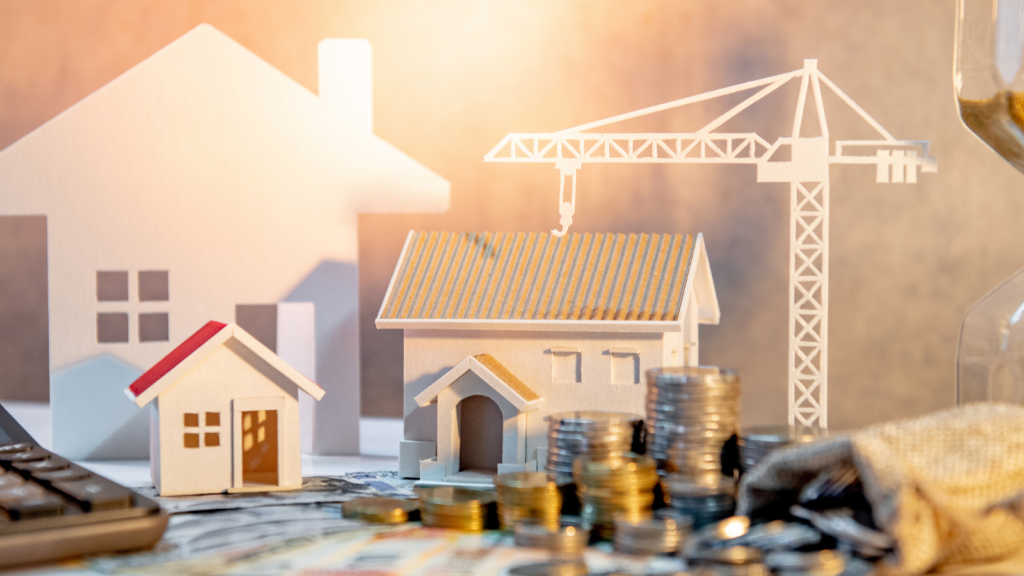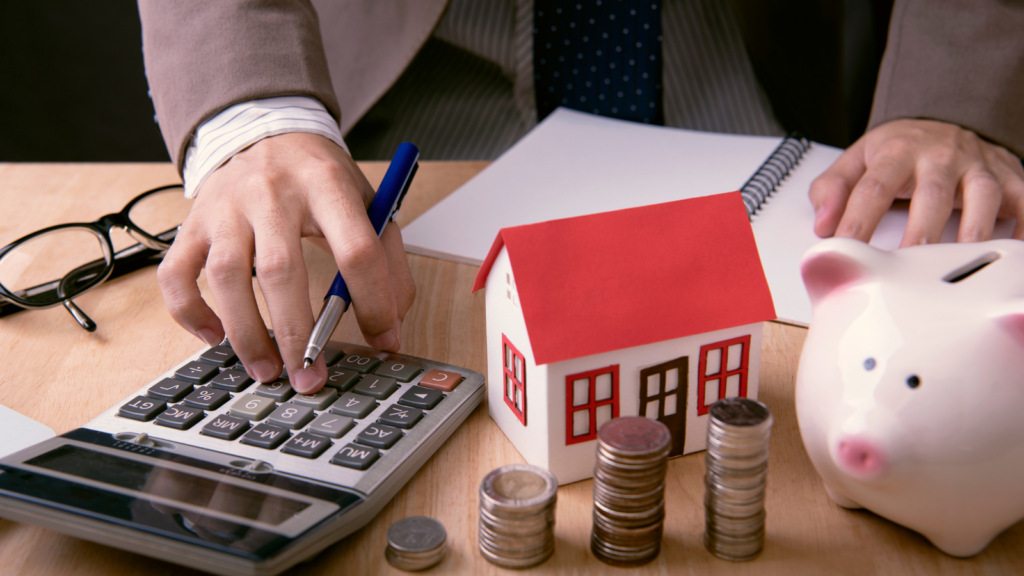[ez-toc]
Austin’s housing market has become a focal point for homebuyers and investors alike, with its dynamic growth and vibrant economy. Once known for its laid-back vibe and live music scene, Austin is now a magnet for tech giants and startups, sparking a surge in demand for housing. This rapid transformation has reshaped the city’s real estate landscape, pushing prices to new heights and altering the market’s dynamics.
As Austin continues to attract new residents, understanding the latest housing market trends is crucial for anyone looking to buy, sell, or invest. From skyrocketing home prices to a shift in buyer preferences, these trends offer valuable insights into the future of Austin’s real estate. Whether you’re a first-time homebuyer or a seasoned investor, staying informed about these developments can help you navigate the competitive market and make informed decisions.
Austin Housing Market Trends

Austin’s housing market is characterized by strong demand, limited inventory, and rapid price appreciation. With a population growth rate of approximately 3% annually, Austin consistently attracts new residents, contributing to a competitive real estate environment. Home prices in Austin increased by over 30% since 2020, according to Zillow. This consistent upward trajectory in prices reflects heightened demand, particularly in areas like East Austin and Mueller. The local job market, fueled by tech industry expansion, plays a vital role in sustaining this demand. Understanding these dynamics helps stakeholders navigate Austin’s complex housing market effectively.
Current Austin Housing Market Trends
Price Fluctuations
Home prices in Austin show consistent growth, surging by over 6% in 2023 alone. Areas like Domain and South Congress witness the most significant increases due to heightened demand. Though prices remain high, seasonal fluctuations occur, often dipping slightly in fall. The median home price now surpasses $566,000 according to Zillow, reflecting the city’s enduring economic allure and job market strength.
Demand And Supply Dynamics
Austin sees robust demand from incoming residents and tech professionals, pushing competitive offers. This demand contrasts with constrained supply, as available homes are scarce, with inventory levels lower by 25% year-over-year. Despite new developments, permits often lag behind demand surges. Low mortgage rates further fuel purchasing interest, reports Redfin, intensifying competition for limited listings.
Factors Influencing Austin Housing Market Trends
Economic Growth & Population Influx

Austin’s economic expansion propels housing demand. Tech giants like Google and Tesla fuel job creation, leading to increased migration. In 2023, Austin’s unemployment rate stood at a low 3.2%, enhancing real estate appeals. High-paying tech roles inflate buying power, pushing property values higher. Economic stability nurtures confidence among builders, accelerating more housing projects.
Rapid population growth intensifies housing demand in Austin. With an annual population increase of 3%, Austin attracts professionals and families seeking vibrant cultural and economic opportunities. New residents from other states elevate the housing demand, squeezing an already tight market. Diverse demographic shifts reshape community profiles and housing preferences.
Impact Of Market Trends On Buyers And Sellers
Buyer Considerations / Seller Opportunities

Buyers face the challenge of high home prices and limited inventory. They often contend with competitive bidding, especially in sought-after areas like Domain and East Austin. Working with local real estate agents can provide strategic insights into market timing and property selection. Low mortgage rates offer financing opportunities, but buyers should prepare for rapid decision-making and potential compromises on property features due to limited available options.
Sellers benefit from the strong demand and rising property values. They can capitalize on favorable conditions by strategically listing homes when inventory is low to attract competitive offers. Pre-listing improvements might enhance property appeal, driving higher sale prices. In hot markets like South Congress, sellers should consider leveraging the area’s desirability in marketing strategies. Understanding local market dynamics enables sellers to maximize returns while efficiently managing transaction timelines.
Latest Housing Trends
Austin’s housing market remains a dynamic landscape shaped by its burgeoning tech industry and steady population growth. The city’s economic vibrancy and job opportunities continue to attract new residents, fueling demand and driving up home prices. While buyers face challenges with high prices and limited inventory, sellers have opportunities to capitalize on rising property values.